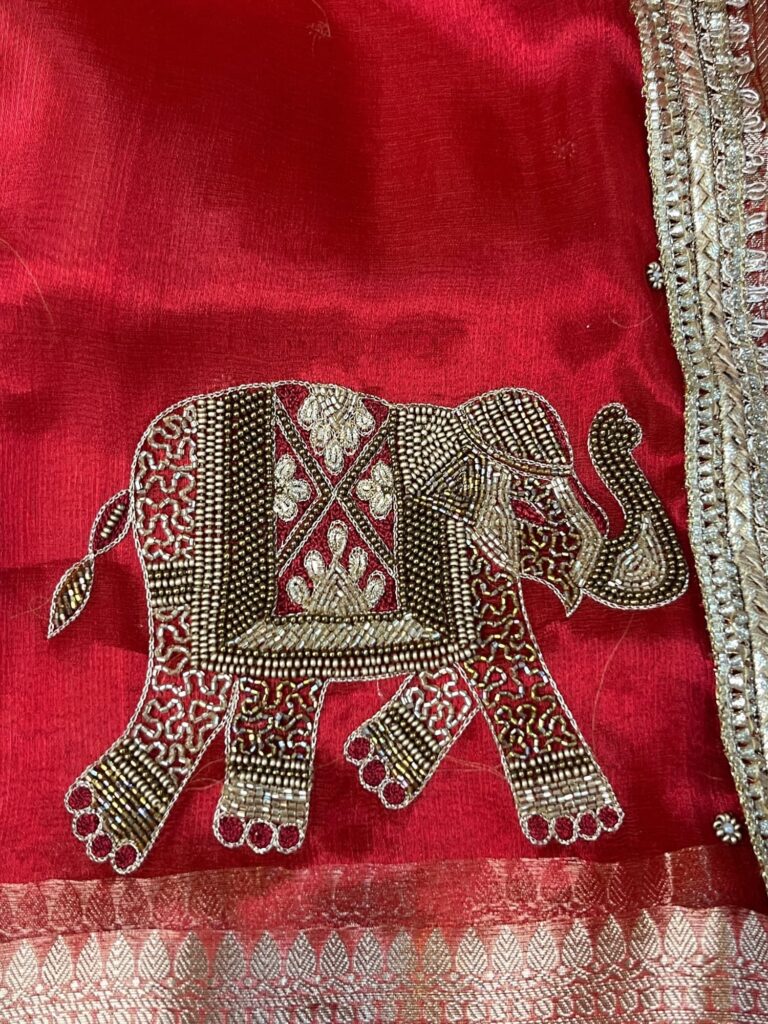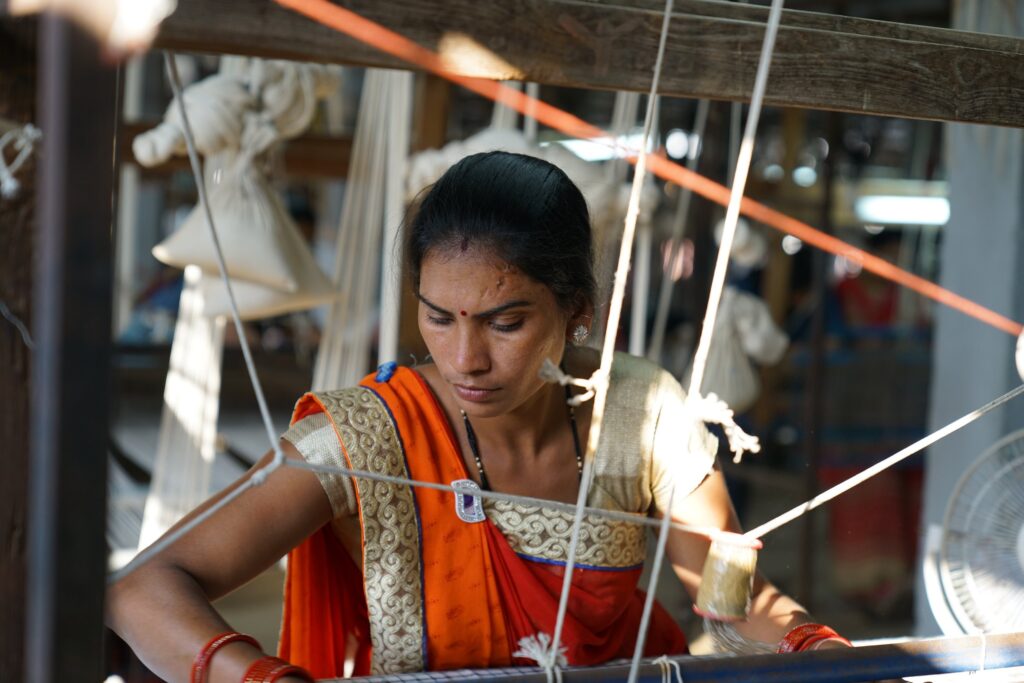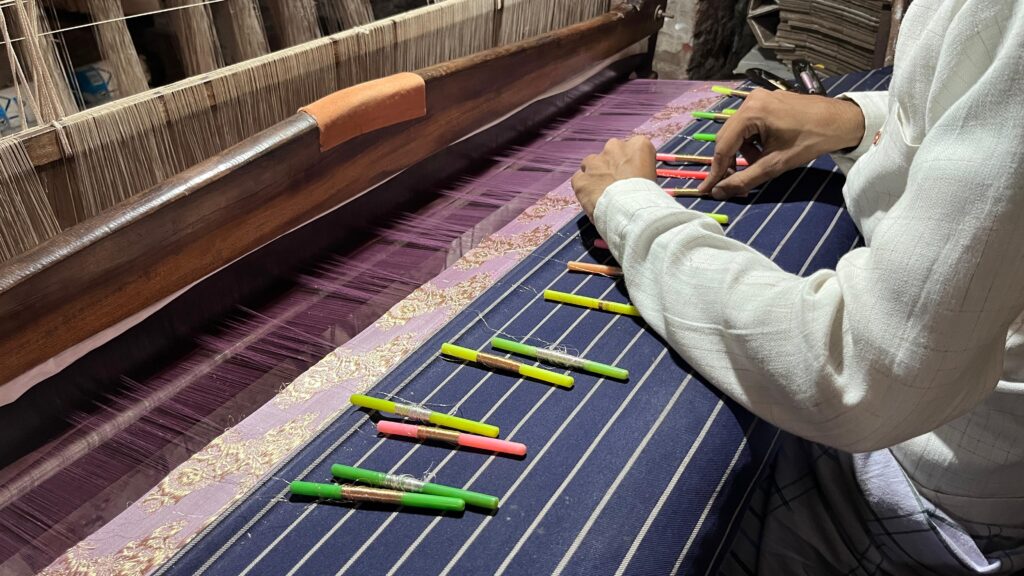
Decline of Handloom Industry: Why the Future of Banarasi Sarees Depends on Us
A Legacy at Risk
The Banarasi saree, renowned for its intricate designs and luxurious silk, has been a symbol of India’s rich textile heritage for centuries. Woven in the historic city of Varanasi, these sarees are not just garments but narratives of tradition, artistry, and cultural identity. However, beneath the shimmering threads lies a sobering reality: the very looms that produce these masterpieces are falling silent, and the artisans behind them are fading into obscurity. this article deals with its decline and need for a major revolution to bring about real change on ground levels.
The Decline of the Banarasi Handloom
1. A Shrinking Workforce
In the 1990s, approximately 75% of silk weavers in Varanasi operated handlooms. Today, that number has dwindled to about 25,000 handloom weavers, while powerloom operators have surged to nearly 150,000.
2. Economic Pressures
The influx of cheaper Chinese silk and synthetic alternatives has undercut traditional weavers. The abolition of quantitative restrictions on silk imports in 2001 led to a market flooded with inexpensive materials, making it challenging for handloom artisans to compete.
3. Poverty and Exploitation
Many weavers live in abject poverty, with limited access to education and healthcare. The unorganized nature of the industry leaves them vulnerable to exploitation, with middlemen often reaping the majority of profits.
4. Child Labor Concerns
The prevalence of child labor in the industry is alarming. Children as young as five or six are introduced to weaving, often at the expense of their education and well being.
5. The Cultural Implications
The decline of the Banarasi handloom doesn’t just signify economic loss; it represents the erosion of a cultural identity. The unique techniques, patterns, and stories embedded in each saree are at risk of being lost forever.

https://pria-digitallibrary.org/index.php?p=fstream-pdf&fid=4473&bid=4802
A Call to Action
1. For Consumers
Choose Authenticity: Opt for genuine handloom Banarasi sarees, even if they come at a premium. Your purchase supports artisans and preserves tradition.
Educate Yourself: Learn to distinguish between handloom and powerloom products to make informed choices.
2. For Policymakers
Support Initiatives: Implement policies that provide financial assistance, training, and resources to handloom weavers.
Regulate Imports: Monitor and regulate the influx of cheap silk imports that undermine local artisans.
Conclusion: Weaving a Future Together
The fate of the Banarasi saree rests not just in the hands of its weavers but in the choices we make as consumers and citizens. By valuing authenticity, supporting artisans, and advocating for sustainable practices, we can ensure that the looms of Varanasi continue to tell their stories for generations to come.
At Mantavya Banaras, we are committed to preserving the legacy of the Banarasi saree. Join us in supporting the artisans who keep this tradition alive.













